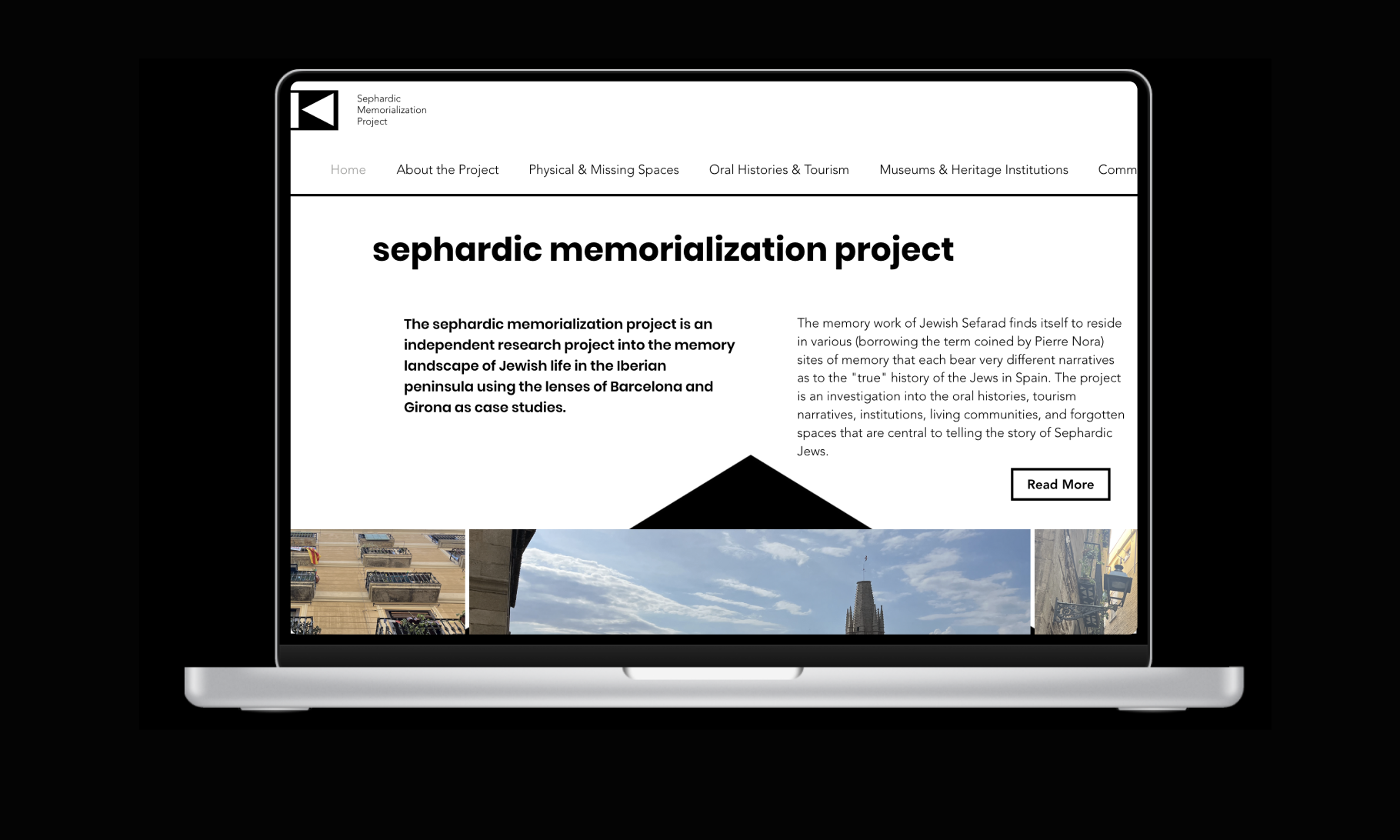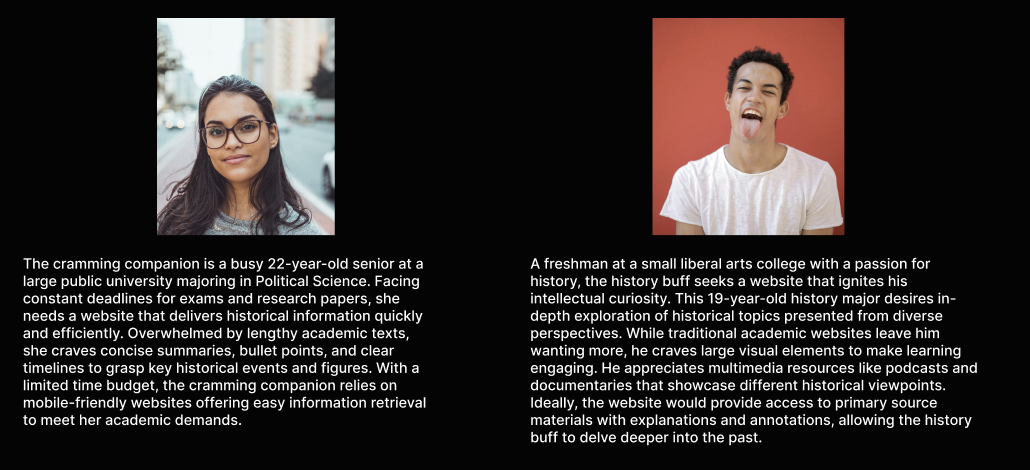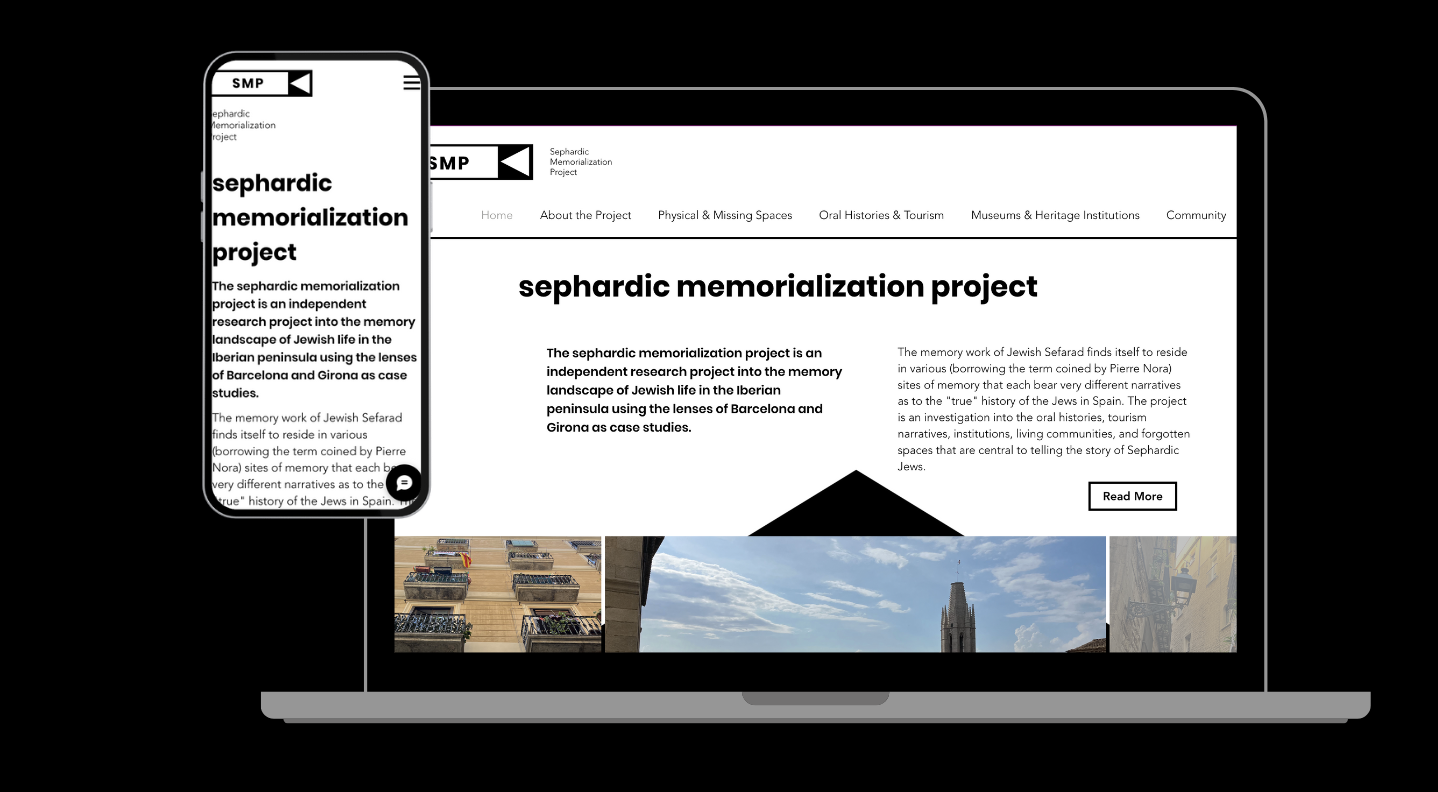Sephardic Memory Project
2022, Personal Project
A grant-funded historical research project made more accessible through web design
The Brief
Historical research in academia, however fascinating, often finds itself rarely read or engaged with and often, behind the paywalls of academic libraries. In order to encourage engagement among college students with historical content, I asked…
How do we make academic historical research accessible and captivating to a wider public?
The Context
This website was done as a part of a personal and academic project funded through a grant under the Lovelace Fund for Discovery. For this project, I engaged in historical research of the memory landscape of Sephardic Jewry in Barcelona and Girona, Spain. The deliverable of this project was an interactive website which encapsulated my research in an accessible and interesting way.
timeframe: May-July 2022
The Objective
The Sephardic Memory Project seeks to make academic historical research on the memory landscape of Sephardic Jewry understandable and widespread. Upon my creation of the site, I was able to disseminate my research and its format to the UNC History Department and get some feedback on the ease, intuitiveness, and content of the information displayed on the site. The site has been adapted for mobile, it has been viewed, used, and accessed by over 2000+ users.
Research
Questions
How can historical information be presented in a way that is clear, concise, and easy to navigate for users with varying levels of expertise?
What are the biggest challenges students and the general public face when trying to access and understand historical research online?
What interactive elements or multimedia resources could be incorporated to make the learning process more engaging and interactive?
Methods
Findings
Many users find traditional academic sources to be dry, lacking visual engagement and too dense in information structure
Younger users prefer shortened summaries, bullet points, highly-visual content, and interactive elements
Users usually seek out historical sites to find information quickly which is why breaking information up in many sections to optimize searching needs would be helpful.
Final Product



